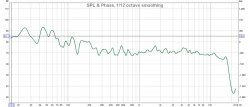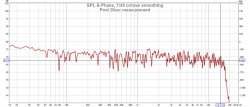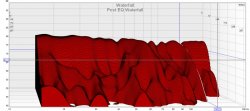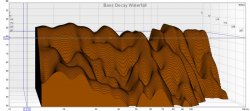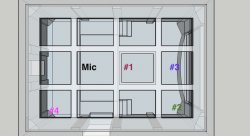Hi all, quick question. I’ve got a concrete room that is framed in on all sides. Just a rectangular “bunker” with studs along all the walls. I’m trying to plan subwoofer location so I know where to wire.
Is it worth measuring the room in its state with a box sub to determine room modes/standing waves and ideal sub location, or will it totally change when we do insulation and drywall?
As you might expect the room is an echo chamber right now. I’m thinking maybe I should wait and measure after insulation but before drywall, that will probably be much closer to what the room is like after drywall and treatments on the walls.
Is it worth measuring the room in its state with a box sub to determine room modes/standing waves and ideal sub location, or will it totally change when we do insulation and drywall?
As you might expect the room is an echo chamber right now. I’m thinking maybe I should wait and measure after insulation but before drywall, that will probably be much closer to what the room is like after drywall and treatments on the walls.







